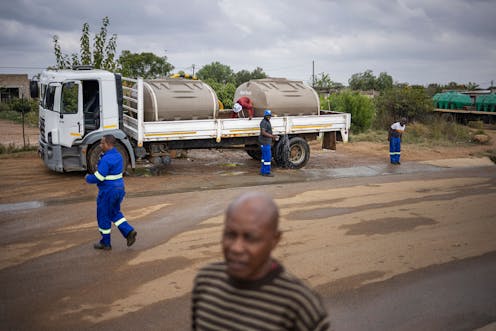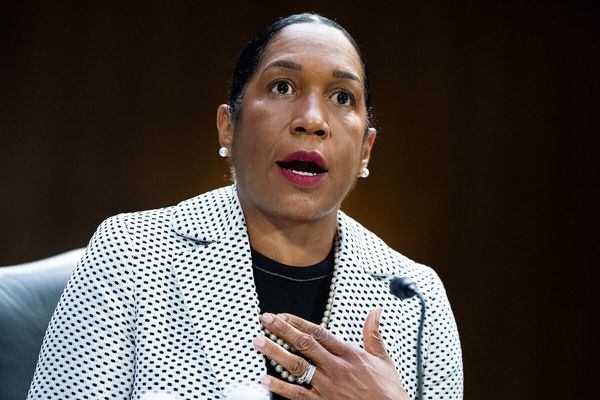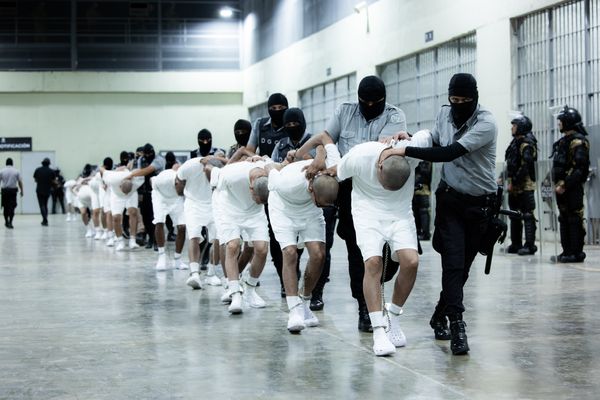
The citizens of Hammanskraal, a small town north of South Africa’s capital, Tshwane, have been dealing with the deaths of 23 residents from cholera since 23 May 2023. Tests to find the source are continuing. The initial assumption by residents and authorities was that poor quality water led to the outbreak. In one week in May, 163 patients were admitted to the Jubilee Hospital with diarrhoea and vomiting.
In 2019 the South African Human Rights Commission confirmed what residents already knew. The samples the commission drew from Temba Water Treatment Works, Kekana Primary School, Refentse Clinic and Hammanskraal Secondary School revealed that the water was unfit for human consumption.
Hammanskraal illustrates a much wider and deeper problem in the country. The problem is highlighted by reports recently released by the Department of Water and Sanitation. These watch reports give an update on the status of water treatment, wastewater treatment and water losses. The Blue Drop, Green Drop, and No Drop Watch Reports each present an interim analysis of the deteriorating status of water services in the country.
These latest reports are welcomed and place the spotlight on South Africa’s capability to deal with water resources. The reporting programme was introduced in 2008. The reports were not published since 2014.
However, recent Drop Water Reports suggest a fresh leadership is emerging within the Department of Water and Sanitation. And, from the language in the introduction, the department appears to be better positioned than before in demanding greater accountability from municipalities as well as offering them support.
All three reports are very specific in identifying the condition of treatment plants and water infrastructure. They identify what needs to be fixed or maintained and at what cost. This level of intent hasn’t been visible before.
It is also worth recognising how some municipalities are performing well in difficult circumstances. The Linton water treatment works in the Nelson Mandela Bay municipality is a good example. The city and region have been in the grip of prolonged drought since 2015 but have managed to achieve excellent water quality standards.
The reports are the first stage in informing actions and mitigation measures. Overall they identify the need for better governance, monitoring and reporting and an improvement of systems.
Latest update
The summary findings of the Department of Water and Sanitation’s reports recently released are as follows:
The Blue Drop Watch Report is about microbiological and chemical water quality. It shows that only 38% of water treatment systems achieved excellent microbiological water quality for more than 99% of the time, while 11% achieved good microbiological quality between 97% and 99% of the time. The remaining 51% of 151 water supply systems in the sample had poor to bad microbiological water quality status. The majority of treatment plants (71%) failed to achieve chemical compliance. But in 2012 only 10% of municipalities had bad or poor microbiological water quality. The decline is staggering.
The Green Drop Watch Report identified 334 municipal wastewater treatment works that showed a general deterioration from medium (65.4%) status of compliance to high risk (70.1%). More evidence of decline. What’s more, the Department of Water and Sanitation issued directives to these failing municipalities with plants in a critical state, but only 50% responded with plans to address the issues at these plants.
The No Drop Watch Report is the final element in a volley of bad news. It accounts for the country’s water losses from leakages and non-revenue water. The report refers to the situation in 2015 when it was estimated that 35% of South Africa’s water was unaccounted for; new estimates in the most recent report suggest that it has risen to around 50%.
Read more: Cholera in South Africa: a symptom of two decades of continued sewage pollution and neglect
Overwhelming challenges
South Africa’s National Water Act 36 of 1998 was hailed by the international community as one of the most progressive, radical and admired legislative measures worldwide.
It established the right to clean water for everyone. And it addressed the issue of equality of access.
But in the intervening years the well-intentioned legislation has been hobbled by poor strategic planning, limited investments and governance.
The Department of Water and Sanitation acknowledges that water services are being hampered by several factors. These include:
a lack of funding,
vandalism and theft,
sewage losses before reaching the treatment works,
construction and contractor issues such as not meeting deadline or quality objectives,
lack of cooperation by municipalities,
lack of capacity among Department of Water and Sanitation enforcement officials, and
ongoing deterioration of infrastructure, processes and effluent quality.
Way forward
The Watch Drop Water interim reports confirm that the government recognises the scale of the problems. The water and sanitation minister, Senzo Mchunu, confirms that the reports identify the urgent need for better governance, monitoring, reporting, operating procedure and investment in infrastructure. Revealing the truth and reporting the evidence is a step in the right direction.
Read more: Basic water services in South Africa are in decay after years of progress
But there needs to be greater cooperation between the Department of Water and Sanitation and municipalities that are struggling to deliver services. Provincial governments are important bridge builders in improving cooperation, but it is going to take a lot more determination from multiple stakeholders, including the private sector, academia and willing citizens. Cooperation comes in many forms, but is most likely to be strengthened by an approach to governance that is open to collaboration, innovation, strategic leadership and transparency in reporting. Transparency is one reason why the watch reports are necessary and critical to inform the public and the department.
Lastly, South Africa needs to build a stronger economy as a key priority so that it can invest in water infrastructure and services. It should be obvious that better investment in water infrastructure and services means better healthcare and prevention of diseases.
Kevin Winter does not work for, consult, own shares in or receive funding from any company or organisation that would benefit from this article, and has disclosed no relevant affiliations beyond their academic appointment.
This article was originally published on The Conversation. Read the original article.







